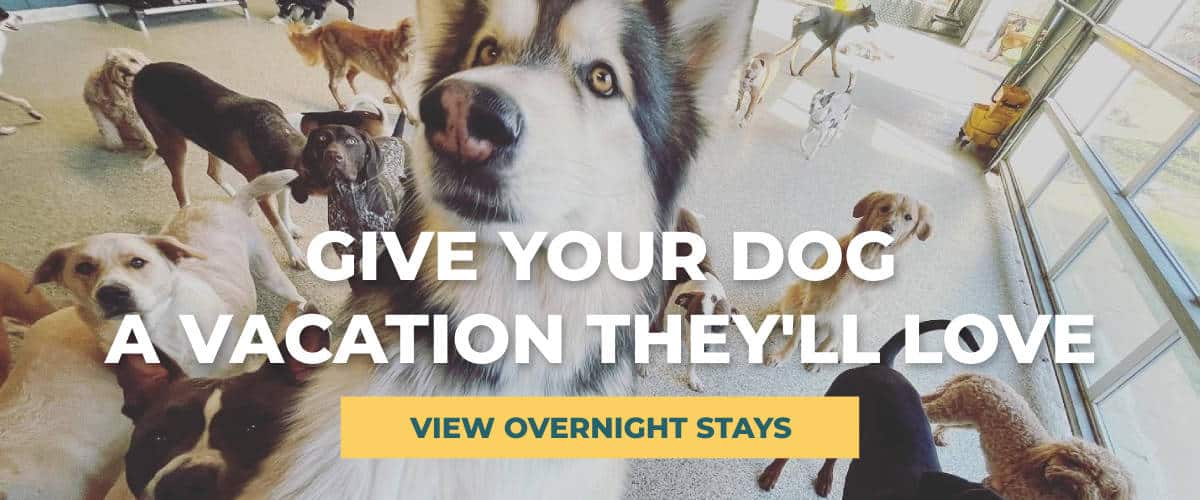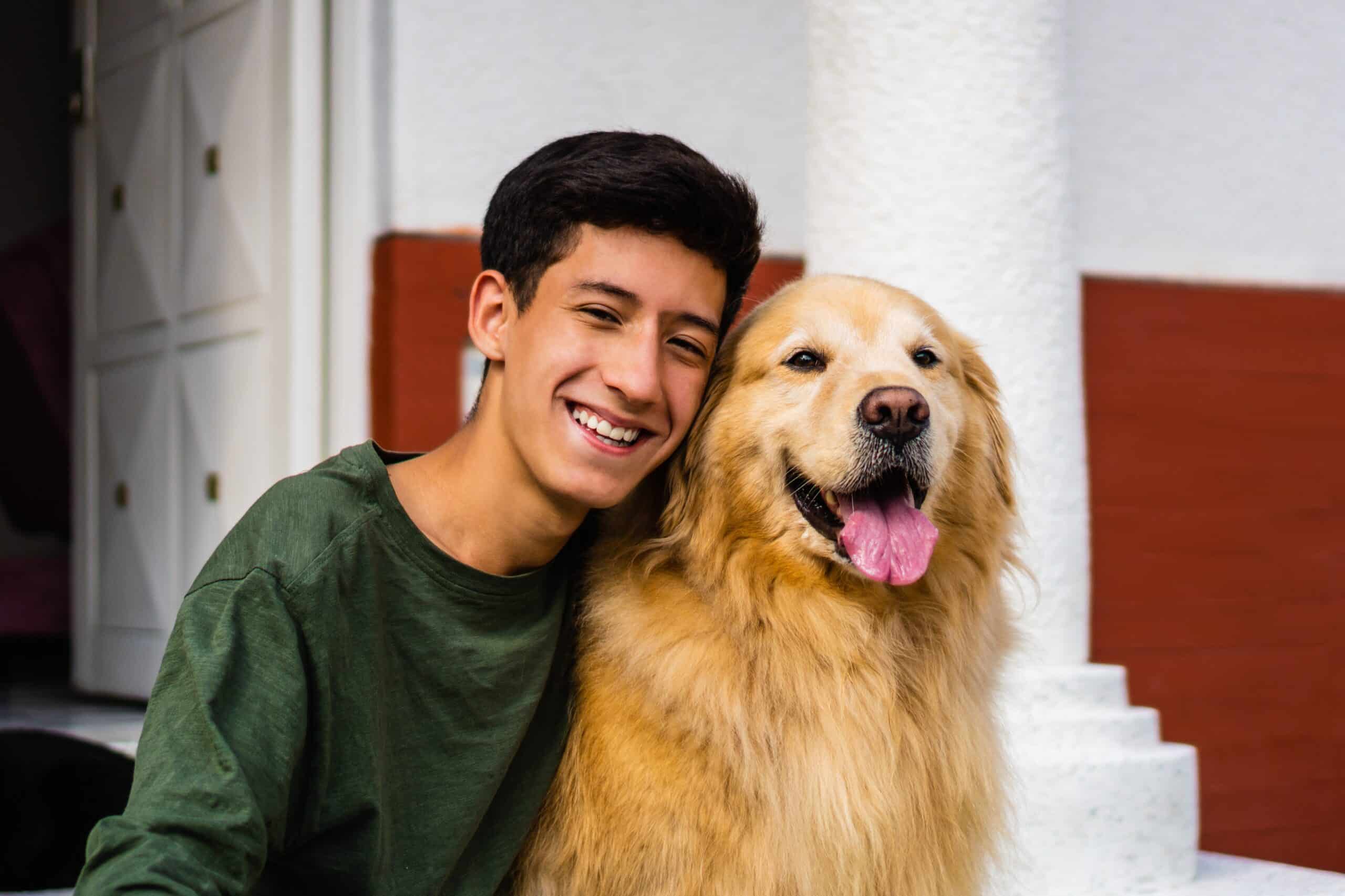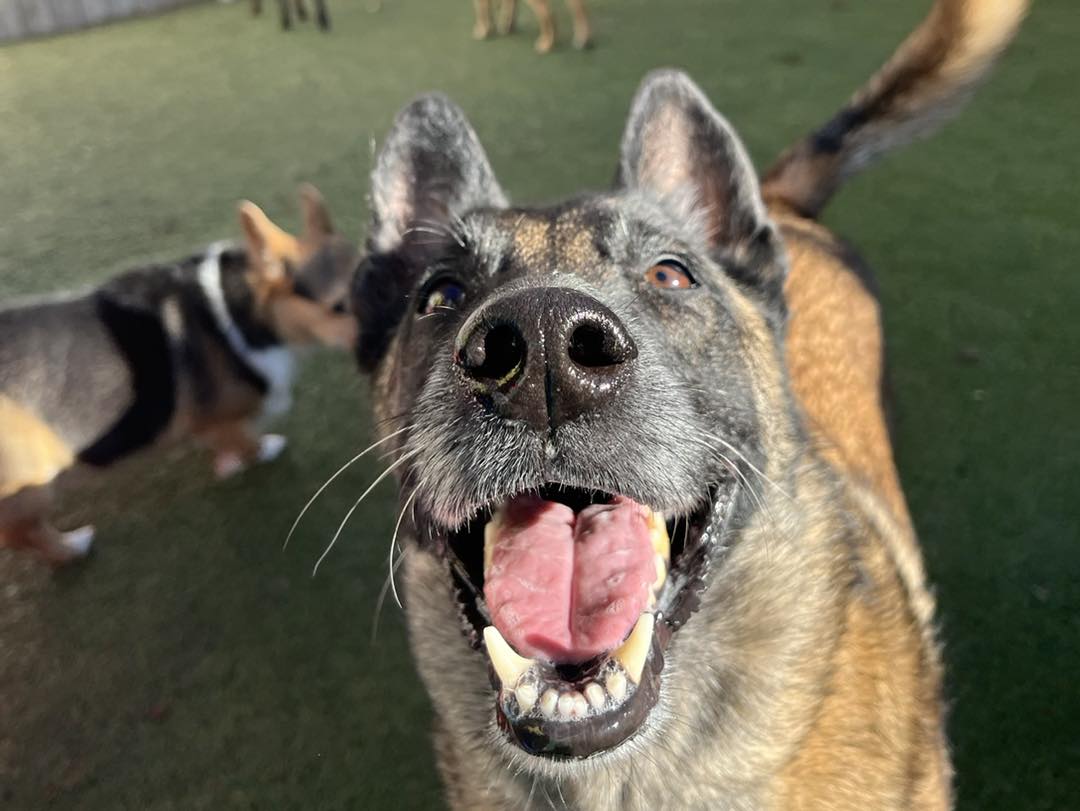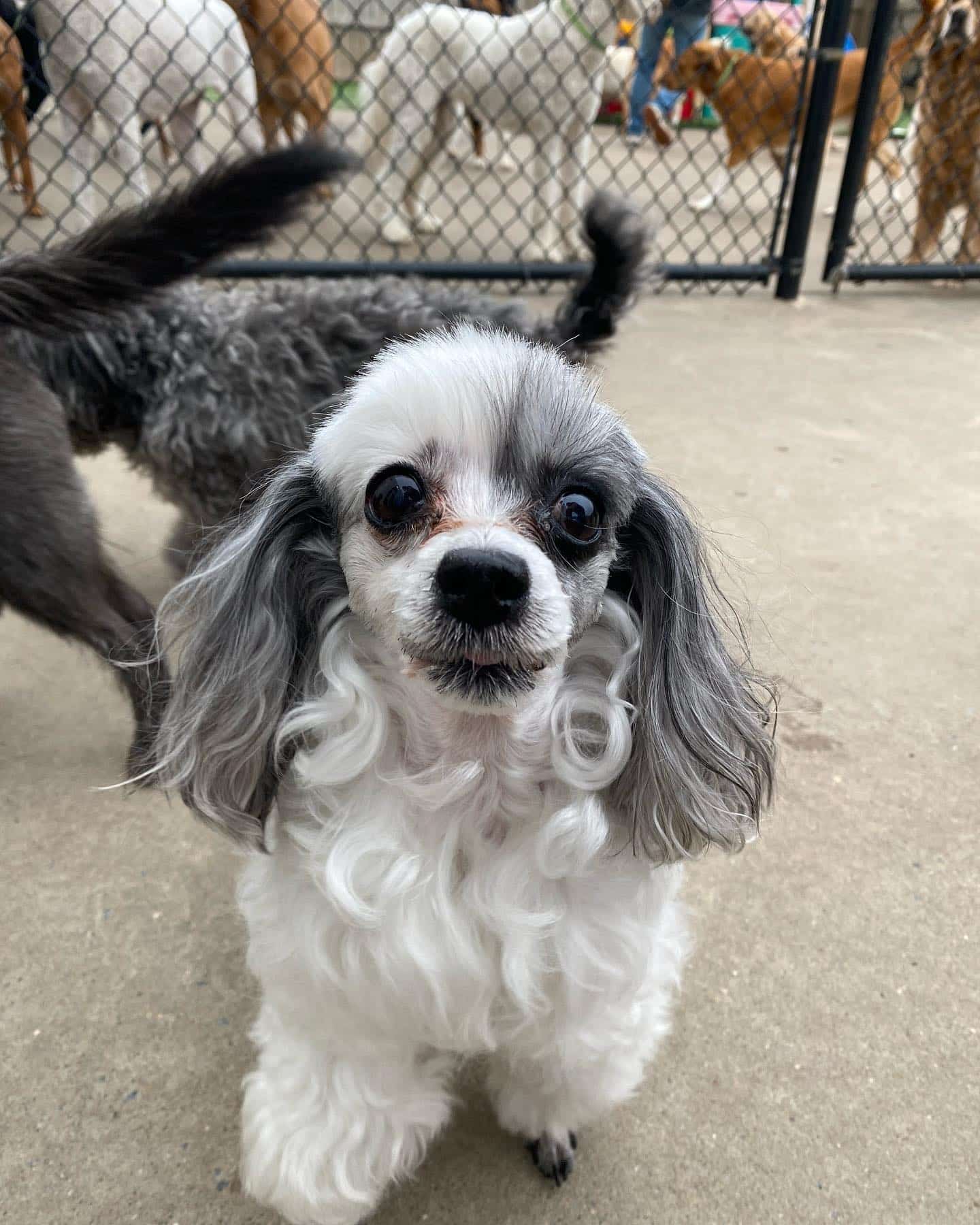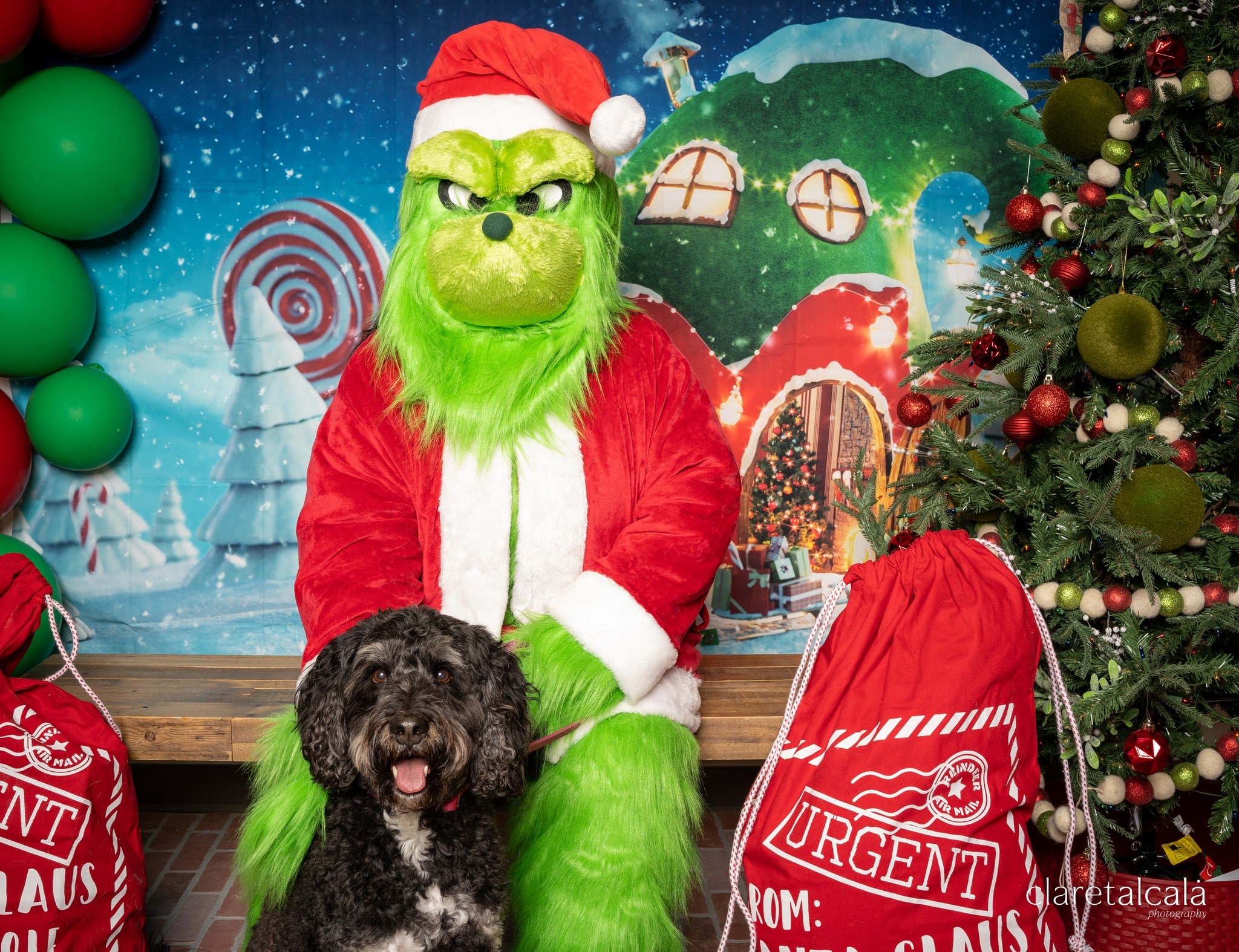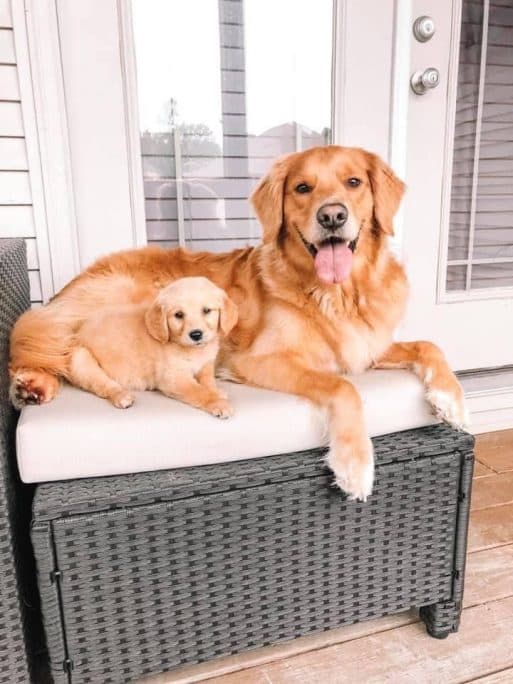
New Pup Parents
Bringing Home a New Puppy: How to Put Your Best Paw Forward
October 27, 2022

Whether you just got a dog or you will soon be bringing home a new puppy, it’s impawtant to decide how you will raise your fur baby. In this blog, we break down woof-related rules you might consider setting in your house, plus the dog training that goes into teaching your puppy those rules: potty training, crate training and food training.
If you’re thinking about getting your first dog ever, paws to read the section below. If not, skip ahead to house rules for bringing home a new puppy!
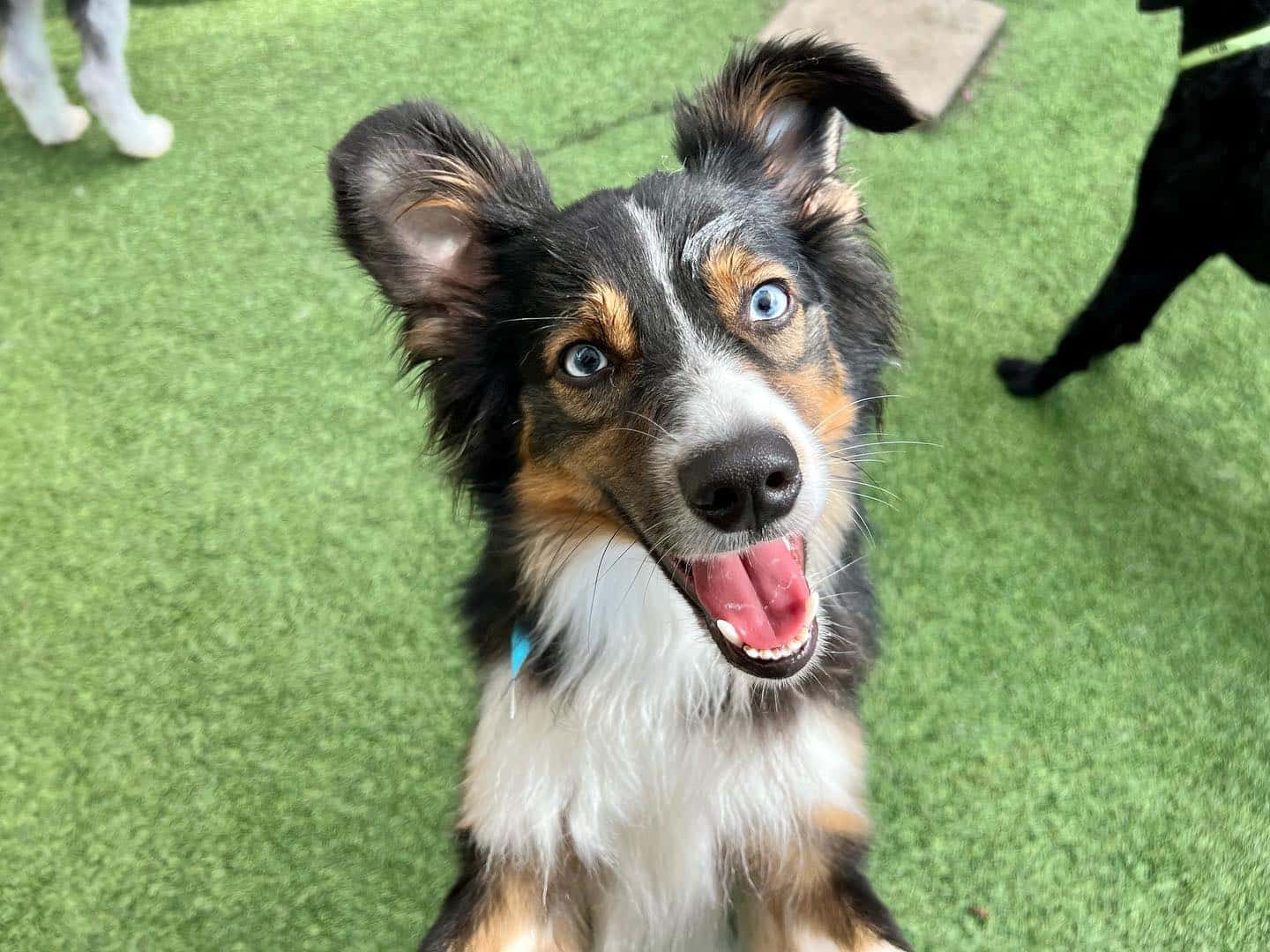
Furrst Time Dog Owner?
If you’ve been considering getting a new dog or new puppy but haven’t made up your mind just yet, read our First Time Dog Owner Checklist to learn what dog ownership en“tails.” We dig into the basics of bringing home a new puppy, including:
- Finding a veterinarian
We cover this topic in furrrther detail in our blog, How to Find a Good Vet for Your Dog.
- Puppy-proofing your house
When bringing home a new puppy, you’ll need to prep your house by picking up any chewable items, moving poisonous houseplants and more.
- Shopping for your new dog
We provide a list of must haves for a new puppy! You can never be too prepared…
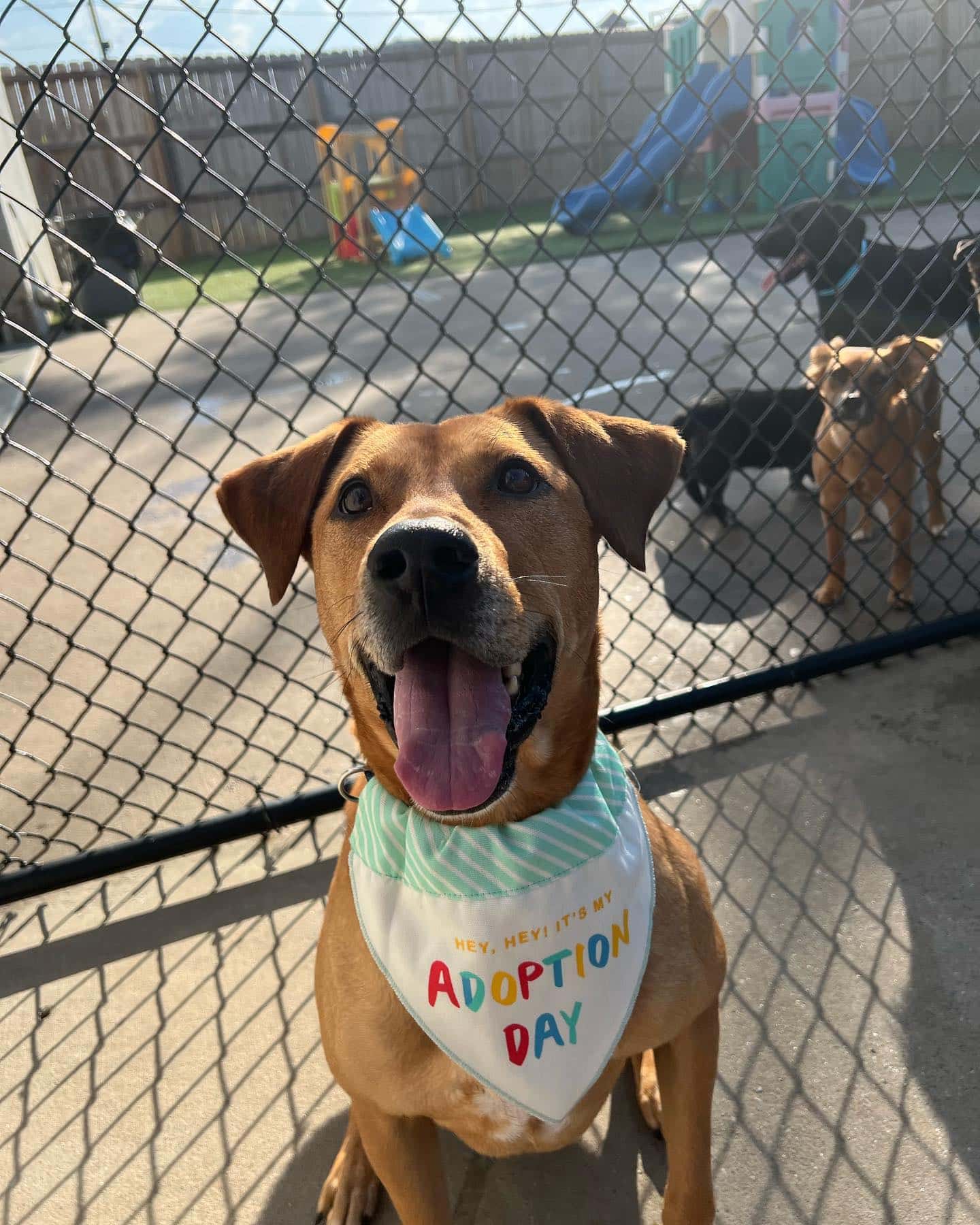
Go ahead and check out our First Time Dog Owner Checklist to get the full scoop on how to take care of a puppy. If you’re leaning toward pet adoption, we recommend reading our Complete Guide to Dog Rescues in Arkansas.
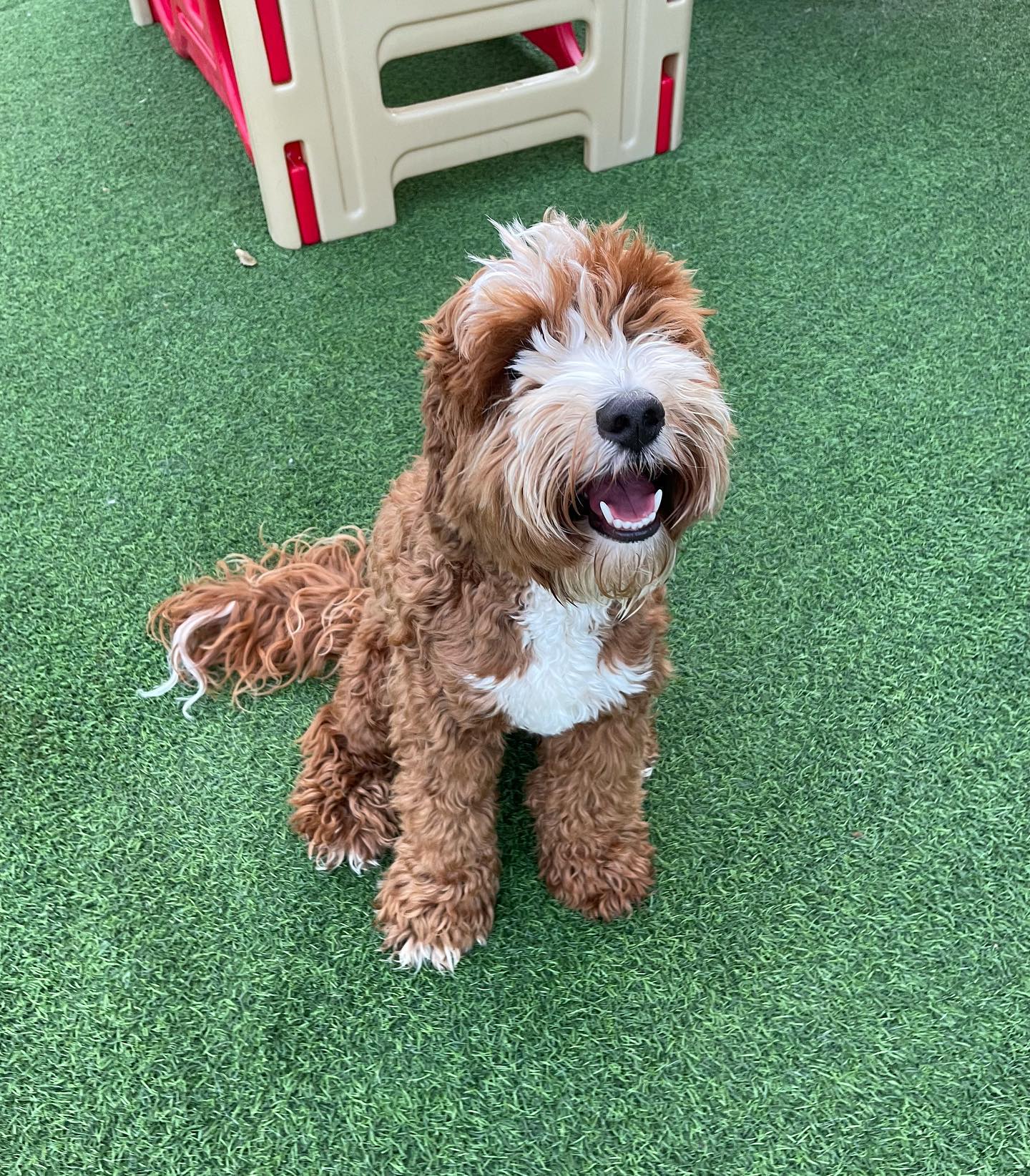
House Rules for Bringing Home a New Puppy
In this blog we’ll cover the top 3 training tips to help reinforce the house rules after bringing home a new puppy:
- Potty Training
- Crate Training
- Food Training
Whether you’re a furrst time dog owner or a seasoned pet parent, it’s a good idea to study up on the rules below. It will make your pooch’s transition from breeder or shelter to your home that much easier.
Introduce Family Members Furrst
Before rules can be enforced, your puppy needs to know everyone in the house! After bringing home a new puppy, introduce him to his new family members one at a time. Do it in a safe space where your puppy feels comfortable, and try to keep the interactions as calm and quiet as pawsible to avoid overwhelming Fido.
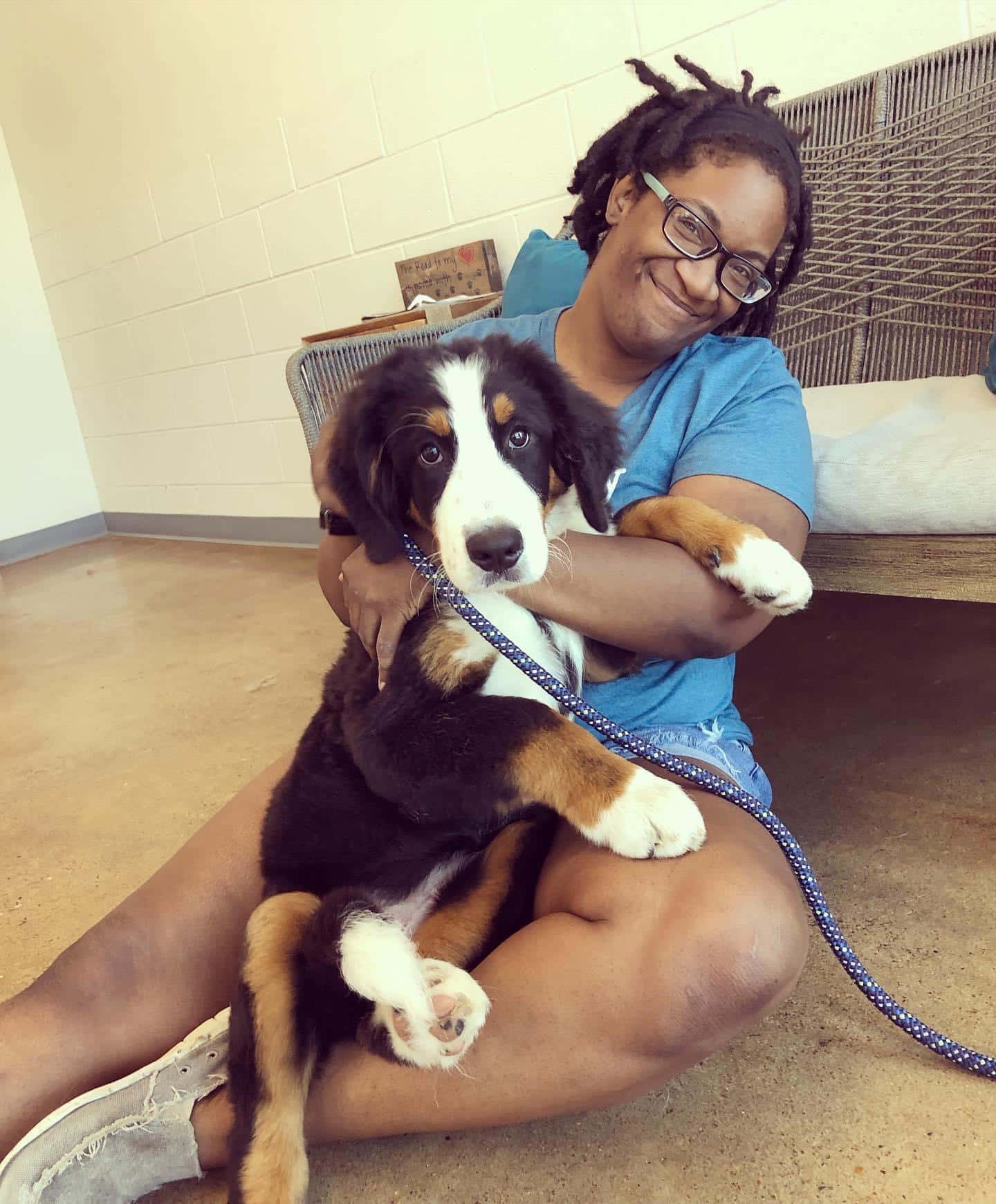
If you have other pets, you will need to introduce them to your new puppy too. The Humane Society recommends using a baby gate to separate pets during introductions in the home. Closely monitor your new puppy and your other pet as they interact through the gate. Reward positive interactions with treats and praise! If the baby gate method appears to be working, you can remove the gate and closely monitor your pets as they get to know each other.
Enforce Rules from Day One
While it might seem early, you and your family members should start enforcing rules as soon as you bring home a new puppy! This will help teach your puppy boundaries and give him the structure and consistency he needs to thrive. However, you should not use harsh discipline to teach your puppy the rules – he’s a baby who’s just learning how to live in a house! Instead, use positive reinforcement to encourage your puppy to follow the rules.
Positive reinforcement will create a strong bond between you and your puppy. It’s important to build trust while your puppy is still developing. Use praise and treats to reward good behavior, and correct bad behavior by removing your puppy from a situation or redirecting his attention. Remember that patience is key, and much of your puppy’s success is a product of your attitude and dedication.
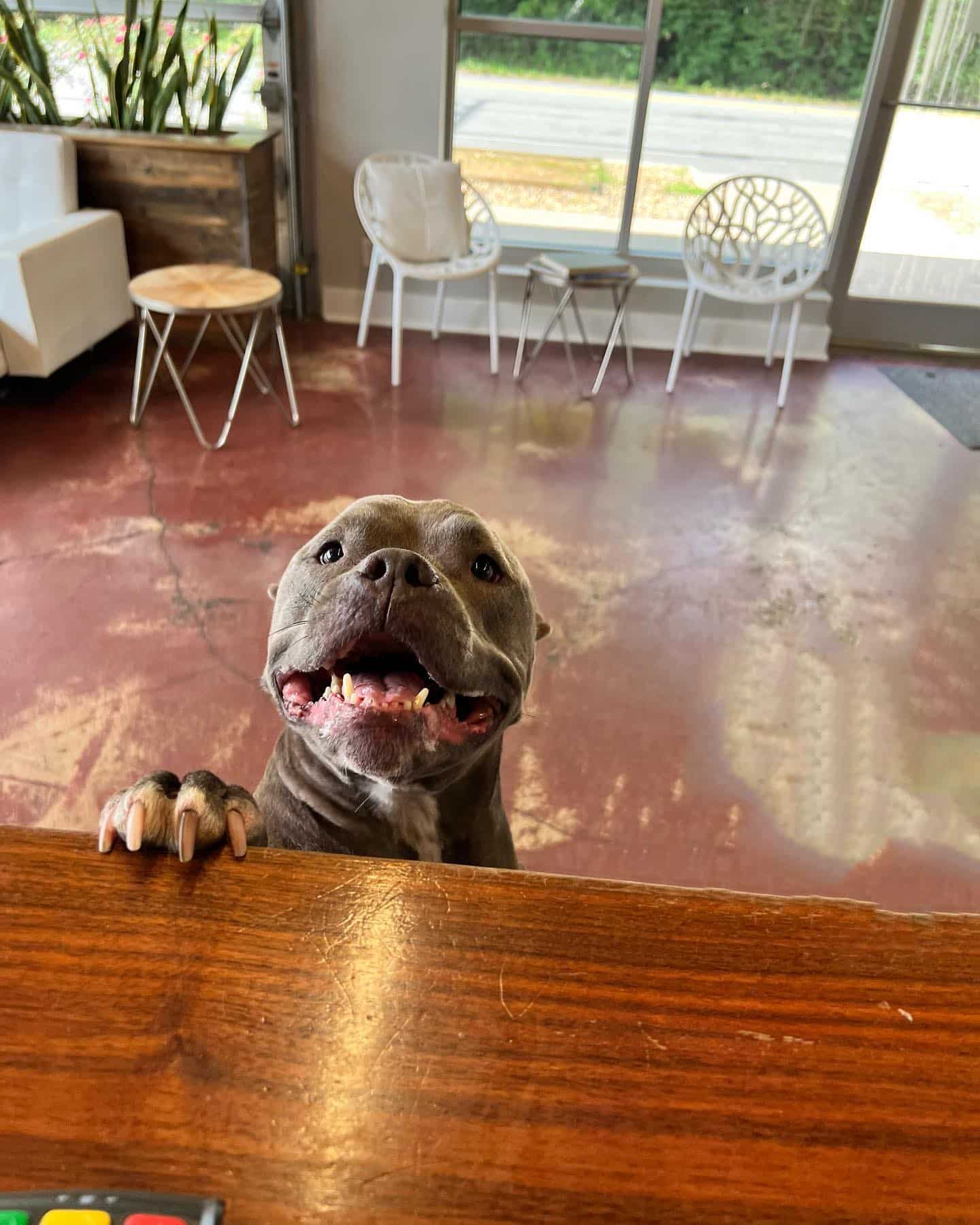
A Pawful of Rules to Consider
Here are a few rules to weigh out when bringing home a new puppy! Whatever rules you chews to enforce, make sure everyone in the household is also on board. Your woof needs consistency!
- Where and when will the puppy potty?
- Will the puppy sleep in his crate?
- Is the puppy on a feeding schedule or will he free feed?
- Can the puppy eat table scraps?
- Should the puppy receive treats without performing a task?
- Is the new puppy allowed on the furniture or in certain rooms?
- How will pet parents address chewing/nipping/biting?
It’s best to decide on rules before bringing home a new puppy. To avoid any confusion, everyone should be on the same page by your first night with Puppy!
Now that you have a few rules to consider, read the training tips below to learn how to enforce rules and grow a healthy, happy pooch.
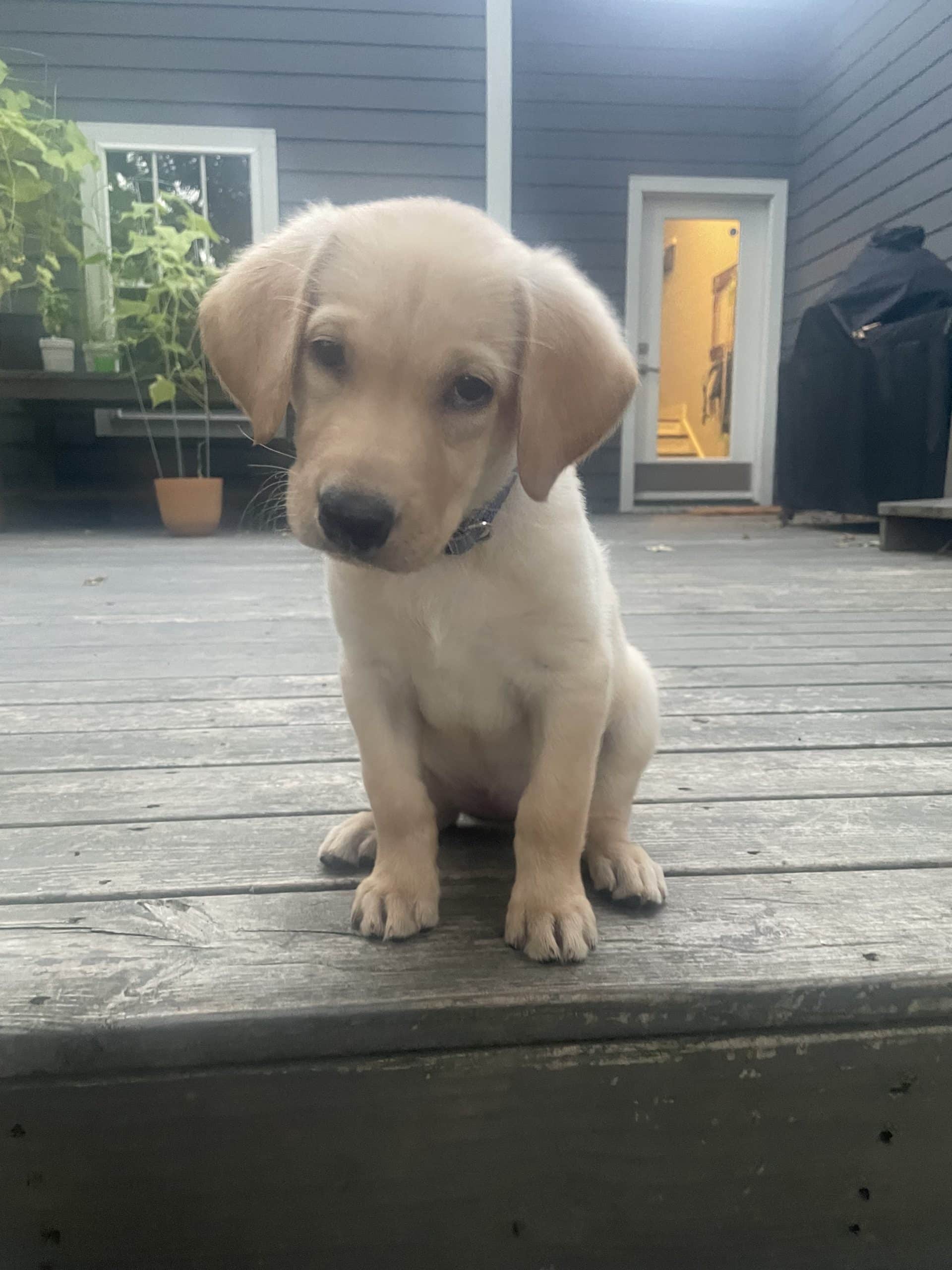
Potty Training
Potty training must be addressed immediately when bringing home a new puppy! In some cases, breeders or shelters provide potty training before your puppy or dog comes home. No matter a pooch’s experience with potty training, it can take a while for him to really have it down. Follow the tips below for potty training a new puppy.
Establish a Potty Spot
Doggos need consistency, so it’s very helpful for them to go potty in the same spot every time. As soon as you bring home a new puppy, take him outside to the designated potty spot agreed upon by the whole family. After the car ride from the breeder or shelter to your house, your puppy probably needs to go! Let him take his time, and reward him with praise and treats when he goes potty.
Create a Potty Schedule
Puppies have small bladders, so frequent bathroom breaks are a must. It’s a good idea to take your puppy out first thing in the morning, after meals and heavy drinks of water, after playing, after naps and before bed. According to the American Kennel Club, the age of your puppy in months plus one is the maximum number of hours your puppy can hold his bladder – so keep this in mind if it’s been a while since you took your puppy to go potty.
For very young puppies, just take them out as often as you can. It takes a while for a schedule to stick, and accidents are bound to happen with a new puppy in the house. If your puppy does make a mess in the house, take him outside as soon as pawsible and do not punish him. It’s really not his fault! Stay pawsitive and reward your puppy for what he does correctly rather than hounding him for what he does wrong.
Check out our Essential House Cleaning Tips for Pet Owners, which come in handy when there’s a new puppy in the house.
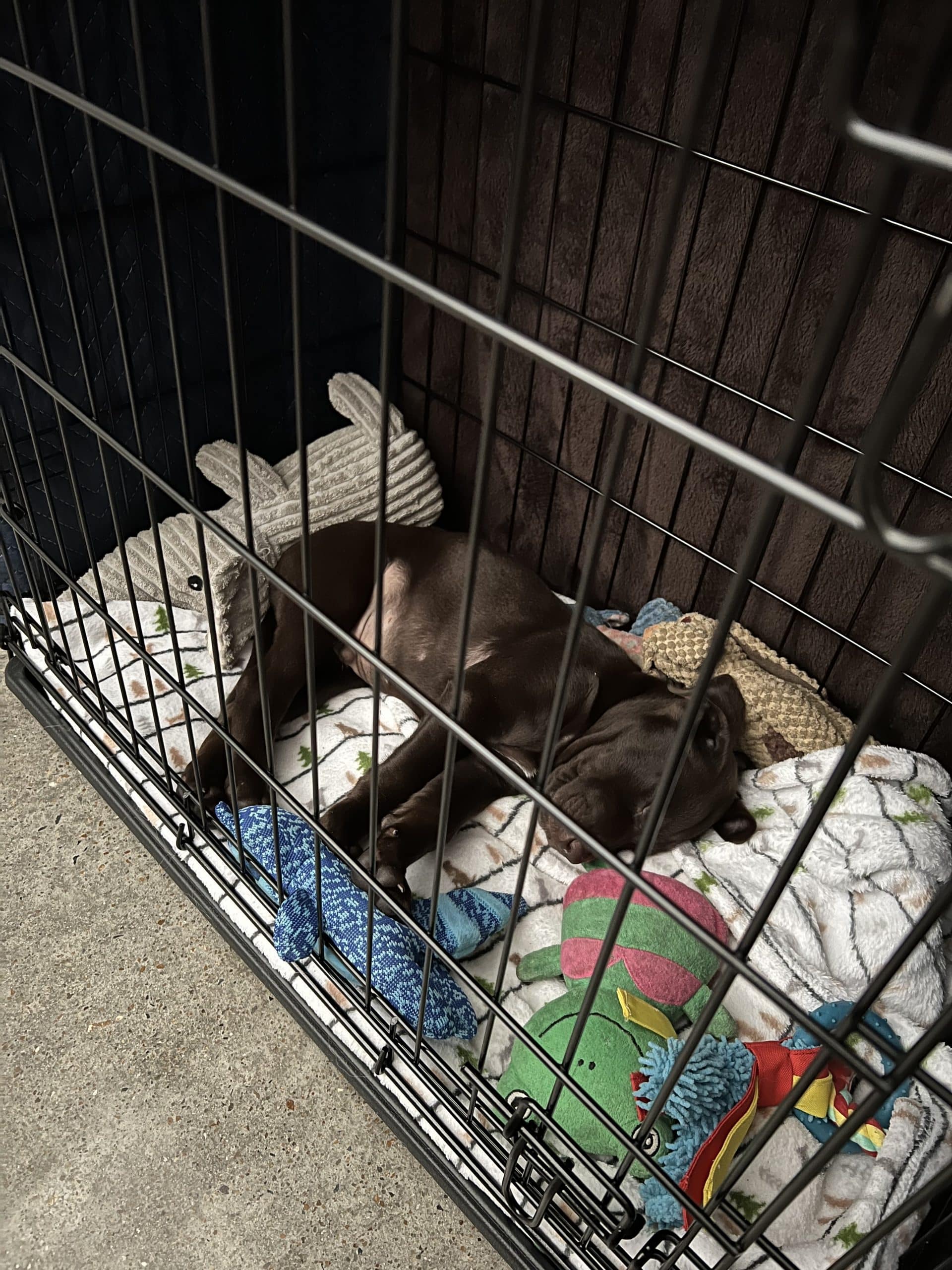
Crate Training
Whether your pup is allowed on furniture or not, it’s always a good idea to crate train. The crate should not be a negative space used for punishment, like “time out.” Instead, it should function as a cozy, safe space where Fido can relax.
Get the Right Crate
Before bringing home a new puppy, you should buy a crate that is the appropriate size. It should be big enough for your puppy to stand up and turn around, but no extra space is needed. If the crate is too large, your puppy could go potty in it, and that’s a habit you don’t want to start! Puppies don’t like to sit in their own mess, so keep their crate space tight.
Some crates are adjustable and can be used from puppyhood to the dog days.
Make it Cozy
Add blankets and a few toys to the crate to make it extra comfy. You can even add one of your old t-shirts to help Fido get familiar with your scent.
Get Fido Inside
When your puppy is new to crate training, use treats to get him to go inside his crate. Simply toss them in, and, if he follows, reward him with praise and more treats. Slowly build up to closing the crate door, walking away and leaving your puppy inside for a few minutes. He will probably start crying, but wait until he’s settled down to come back and release him. Your pooch will learn to love his cozy den, and so will you: The crate is a grrreat place for your puppy to go when you can’t give him your undivided attention.
Puppies need a lot of sleep – ruffly 18-20 hours a day! Ideally, the crate is where your puppy will do most of his snoozing. You can even drape a blanket over Fido’s crate to make the space more secure and comfy for sleeping. Even if your pup doesn’t end up sleeping in his crate every night, it can still become a good place for him to retreat if he’s feeling stressed, scared or anxious.
Crate training can be hard, but it’s worth it to have a safe space for your pooch where he can sleep and learn to hold his bladder. Keep using pawsitive reinforcement and treats every time Fido enters his crate and, one day, he’ll go in without you asking!
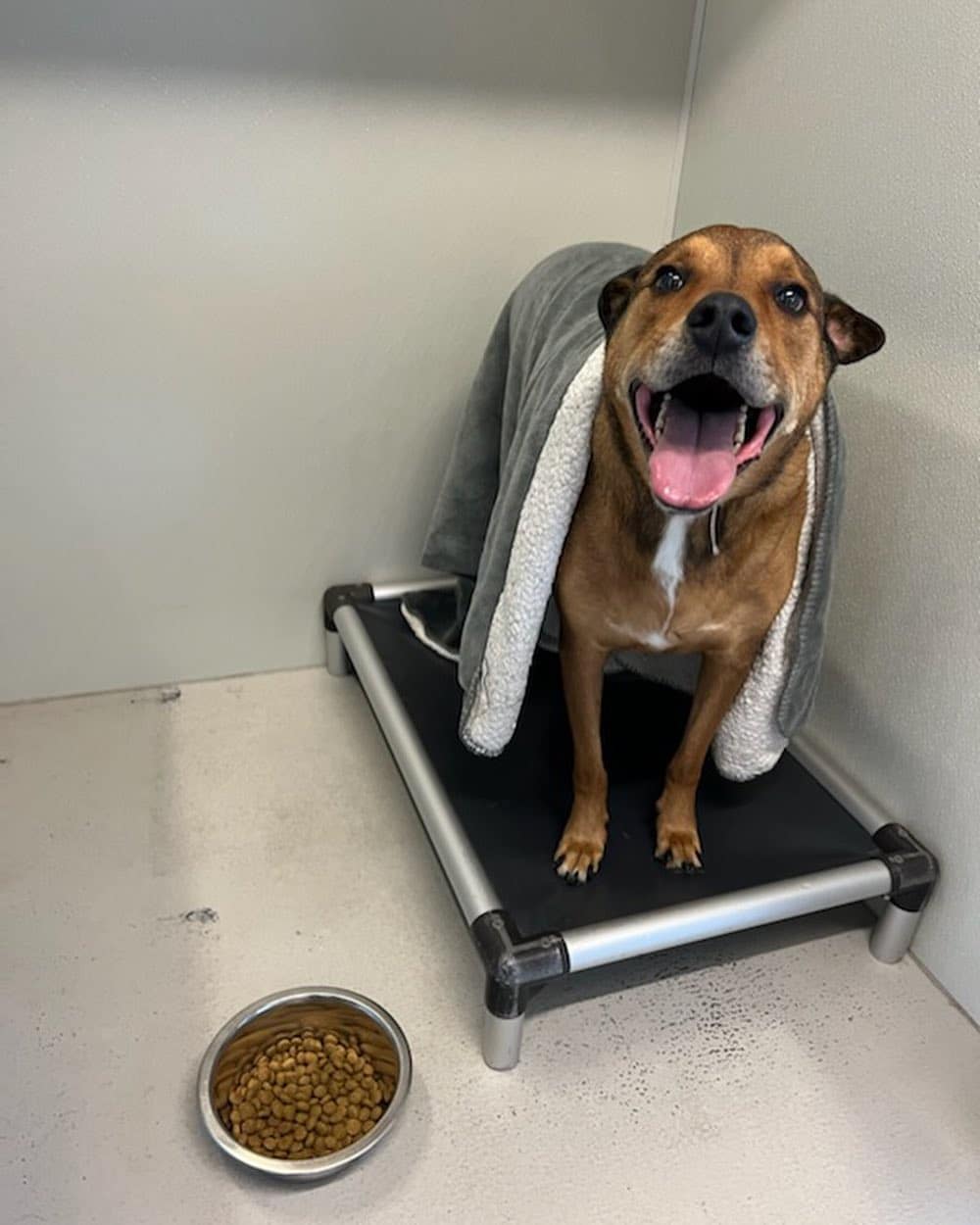
Food Training
You might not realize it, but food training is just as, if not more, impawtant than potty training and crate training when bringing home a new puppy. This is because food training helps eliminate food aggression, which is a behavior that can lead to aggression in other areas of a dog’s life. It makes sense for a young pup to be possessive of his food – he doesn’t realize that, as a member of your pack, he’s guaranteed meals. You have to teach him that no one is going to take his food away!
Eliminate Food Aggression
Signs of food aggression include dogs growling, snapping or lunging when approached while eating. If your new puppy is showing signs of food aggression during meals or when getting treats, you need to nip this habit in the bud.
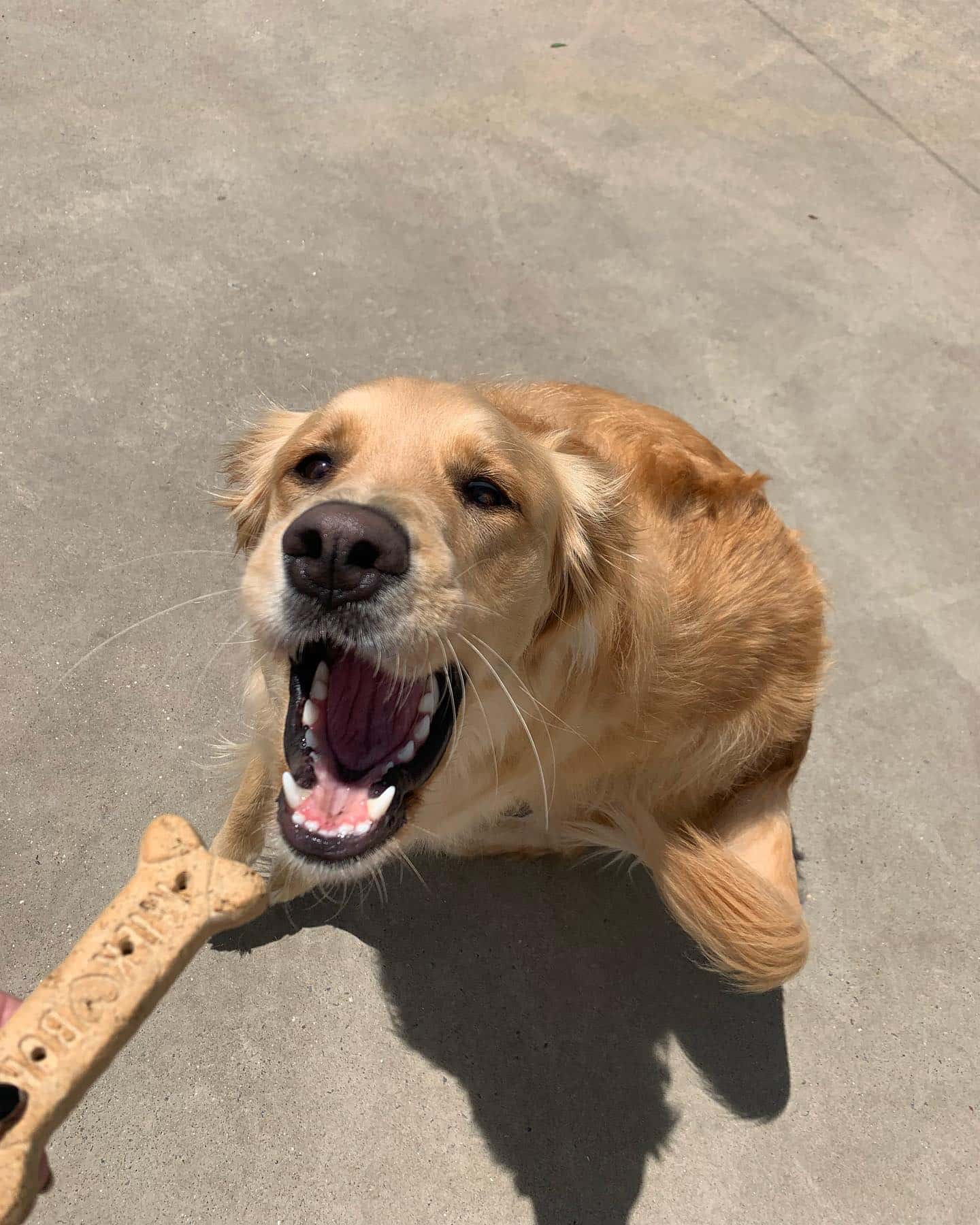
For food obsessive pups, try hand feeding them bites of food during meal time. This will help them get used to sharing the space around their food and not feel so protective.
Create a Feeding Schedule
While some dogs are grazers, most woofs benefit from a feeding schedule. When you feed them the same amount of food at the same time in the same place every day, this helps you manage their diet and keep them on a potty schedule.
If you have multiple pooches and one struggles with food aggression, you should definitely feed your dogs from separate bowls and possibly serve their meals at different times or in different places. This is especially important when there’s a new puppy in the house.
Keep Table Scraps to a Minimum
While dogs shouldn’t necessarily eat table food, they can eat some single-ingredient or lightly cooked hooman food – in moderation. We provide a list of hooman food that’s healthy for pups in our blog, Can Dogs Eat Table Food?. However, giving your dog scraps can create negative behaviors like begging. You don’t want your dog to expect a bite of food every time you walk into the kitchen!
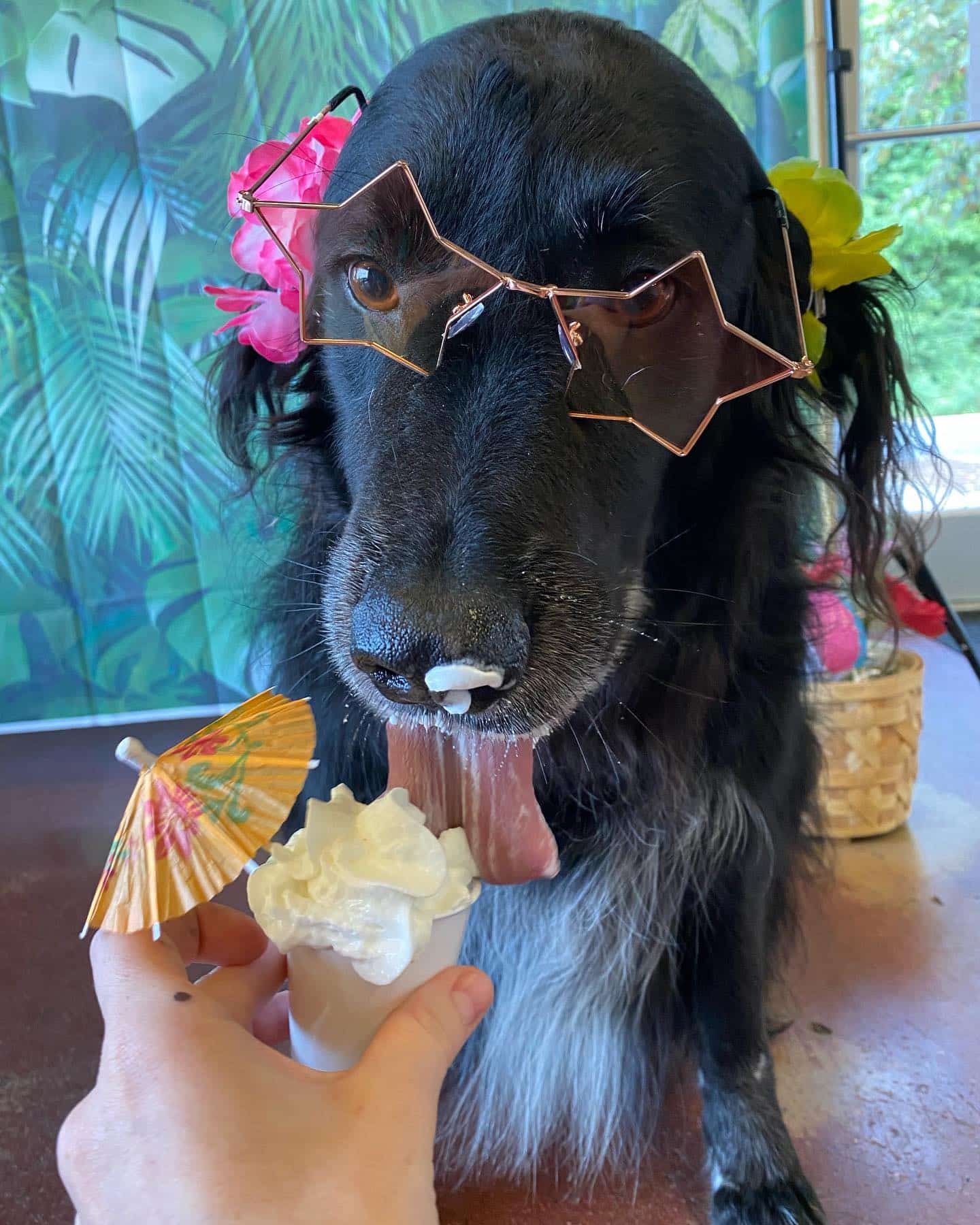
Whatever table scraps policy your family lands on, make sure everyone in your household adheres to it. If you’re the one person who gives your dog table scraps, be prepared to be the most beloved but also the most followed family member… You will have a shadow!
Use Treats as Rewards
While it’s fine to give out the occasional dog treat for no reason at all, it’s best to use treats as incentives for training and rewards for good behavior. Your new puppy will consume a lot of treats during his early days of simply learning to be a dog, so be sure to serve him a low-calorie option. You can splurge on more fattening treats for special occasions – or if you need a really enticing incentive!
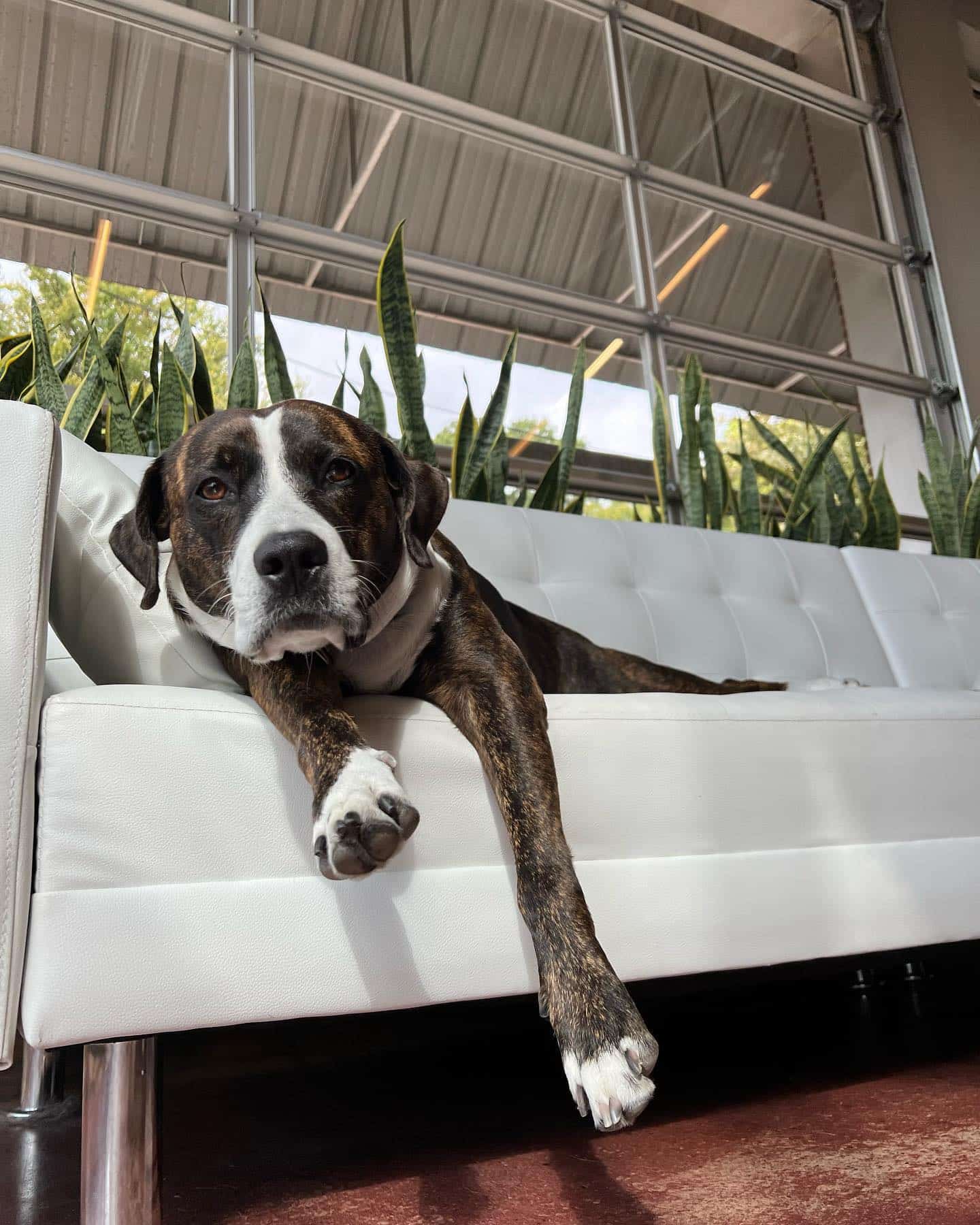
Redirecting Unacceptable Behavior
After bringing home a new puppy, you have to accept that there will be some hiccups! Aside from the training tips above, one thing to keep in mind is to redirect unacceptable behavior from your puppy.
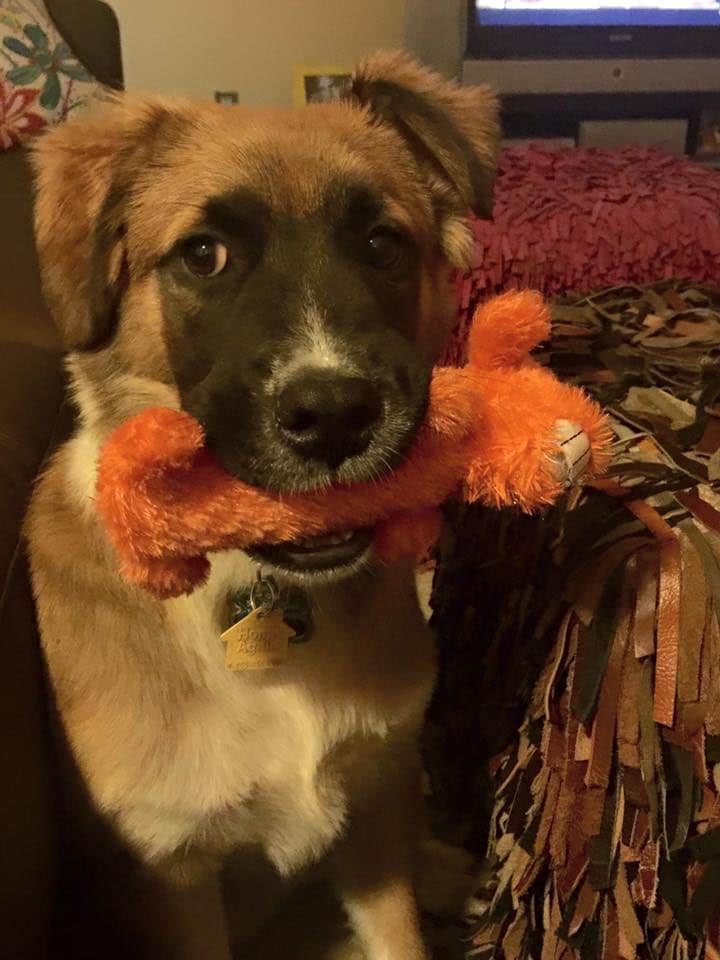
If your puppy gets on furniture he isn’t supposed to, remove him and block access to the furniture, if possible. Get him his own doggie bed that can serve as an alternative to the couch or chair. Similarly, if you catch your puppy chewing on a household item or even a hooman’s hand, give him a toy to chew on instead. Rather than yelling at your puppy, which will do more harm than good, gently correct his behavior, which will help him learn right from wrong.
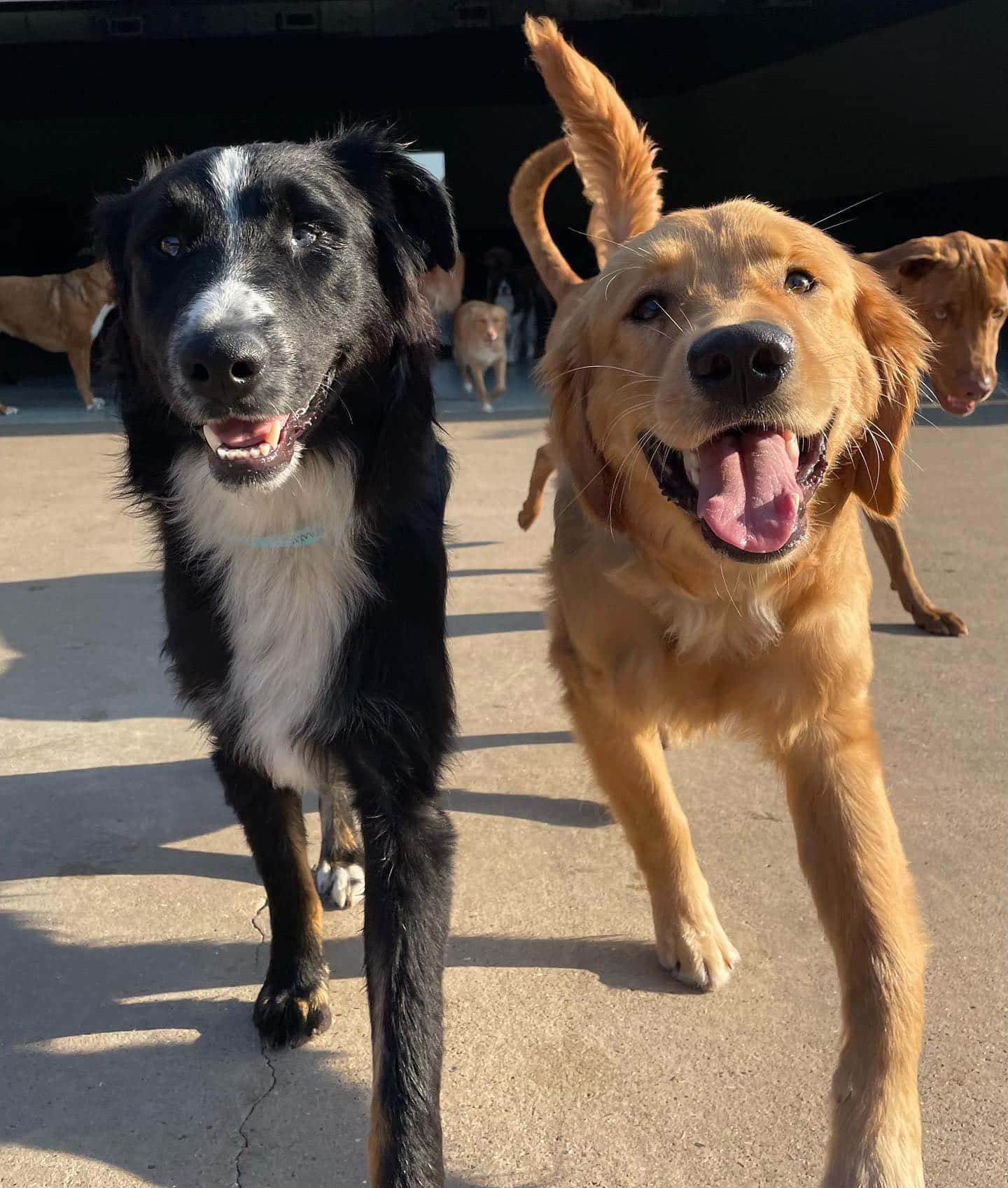
How Doggy Daycare Can Help
Is doggie daycare good for dogs? As we’ve mentioned time and time again, dogs benefit from consistent schedules. Regular visits to doggie daycare are a grrreat addition to any pooch’s routine, including puppies: young pups may attend Hounds Lounge Doggy Daycare two weeks after completing all of their vaccines. Read our Ultimate Guide to Puppy Daycare for more about our littlest campers.
Aside from providing a dog with structure, doggy daycare is also a good way for puppies to gain valuable socialization with other dogs and hoomans. The first day of Hounds Lounge Doggy Daycare is free and considered a temperament test, with our trained professionals giving you a report on your woof’s behavior. This is a great way to learn more about your puppy’s personality!
If you’re bringing home a new puppy in Arkansas, look no furrther than Hounds Lounge for doggy daycare. There are four Hounds Lounges in Central Arkansas as well as one in Fayetteville – find one of our locations near you.
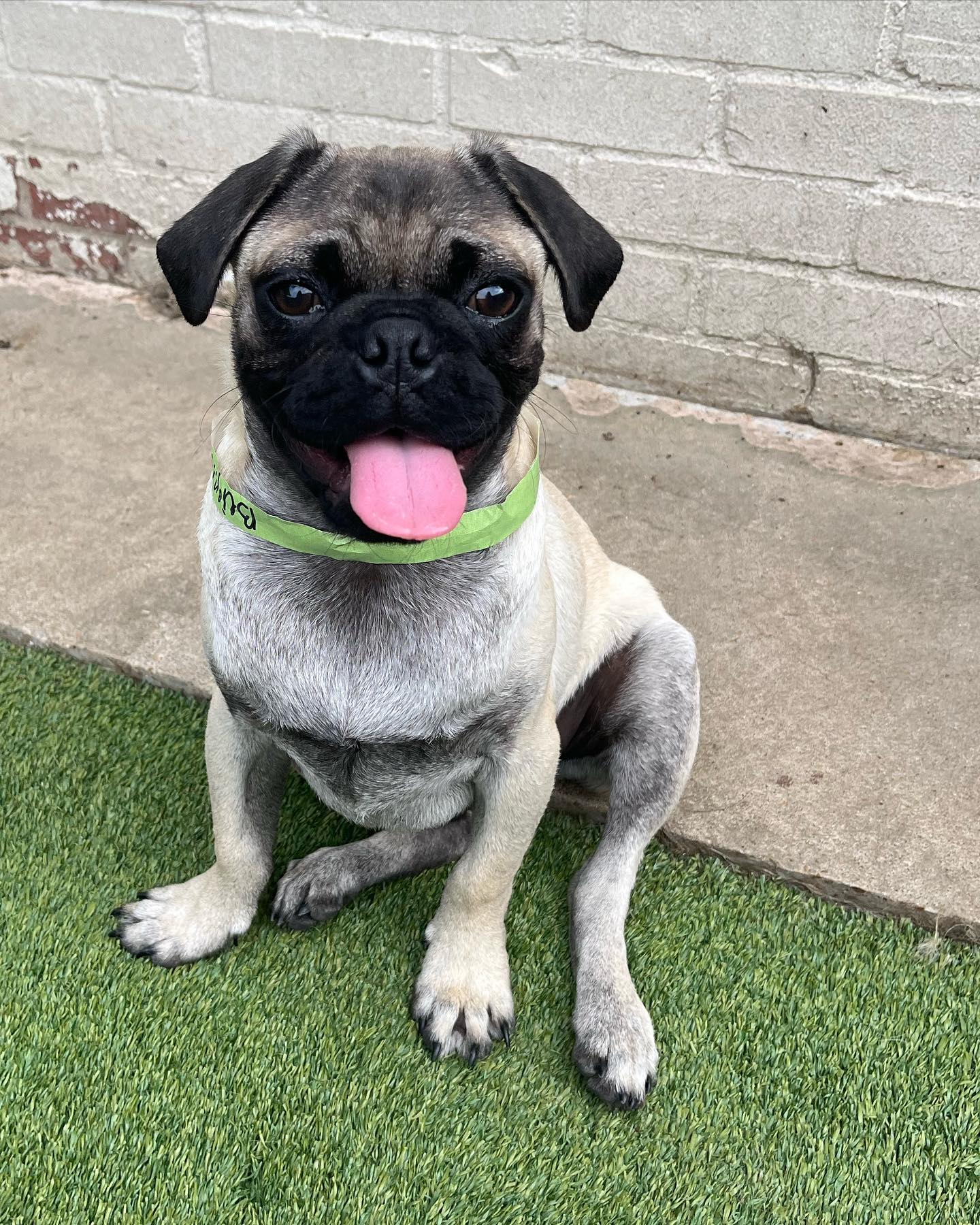
Enjoy the Puppy Love
Ultimately, when bringing home a new puppy, the best expectations are no expectations. Just have the understanding that time, dedication and consistency are the keys to a happy and healthy home for your newest pack member. Savor every moment with your puppy – they grow up too fast!

